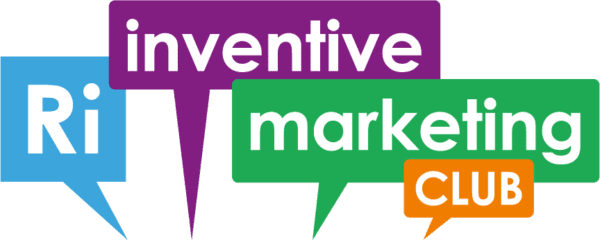In my last post, we looked at how to create a sitemap for your website. Now we’re going to review some of the ways to make the content of the site customer-focused and useful.
The first step is to put yourself in the mind of your customer. Think about what they want to know – not what you want to tell them. (To help with this, you might find How and why to differentiate your business useful: it discusses how to make your business more appealing that your competitors’.)
For every page of the site, put yourself in the mind of a typical visitor and ask:
- Why are they here? (Do they want to buy a service? Do they need a new or replacement product?)
- How have they found your site? (Via a search engine? Typing in a web address they’ve seen on a flyer?)
- What will they want to do? (Research? Buy a product? Compare one product with another?)
- What information will they need? (Product specifications? Testimonials? Reviews?)
And the most important question:
- How can we make it as easy as possible for them to do that?
You can use Google Analytics to help you answer these questions. You could even ask a few customers these questions so you know you’re on the right lines.
Let’s look at an example of a customer-focused website: highrisehq.com. It’s advertising a customer relationship management system. There’s very little content on the homepage and it’s all focused on how the system will solve your CRM problems, which is exactly why you’d be visiting this site. The only reference to the company selling it (37 Signals) is just under the logo. After all, unless you’re Apple, very few people care who makes something, they just want to know that it does what it needs to.
The first page whets your appetite and you can click the button at the bottom of the page to drill down more deeply. When customers click this, the first page has done its work: it’s reassured people that they’ve found something that could help them in their office. The next page you get to provides pricing so you know you can afford it and from there you can get more information to establish that you’ve found exactly the right tool for you. Everything is clear and focused on you: there’s no need to skim read or surf around to find what you need. In short, it demonstrates exactly what customer-focused content is.
Catherine Every at EveryWord
Visit her website or follow her on Twitter

